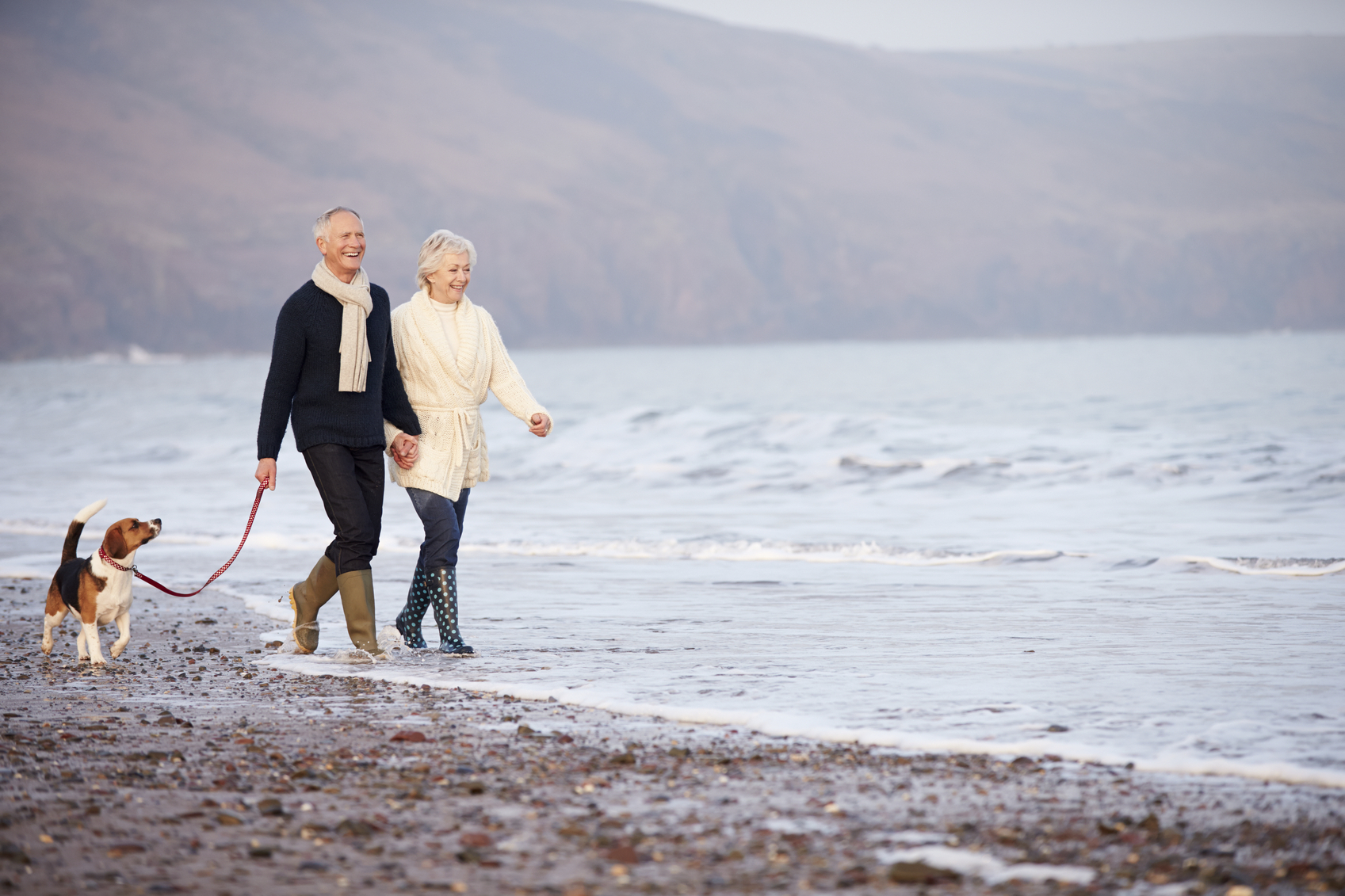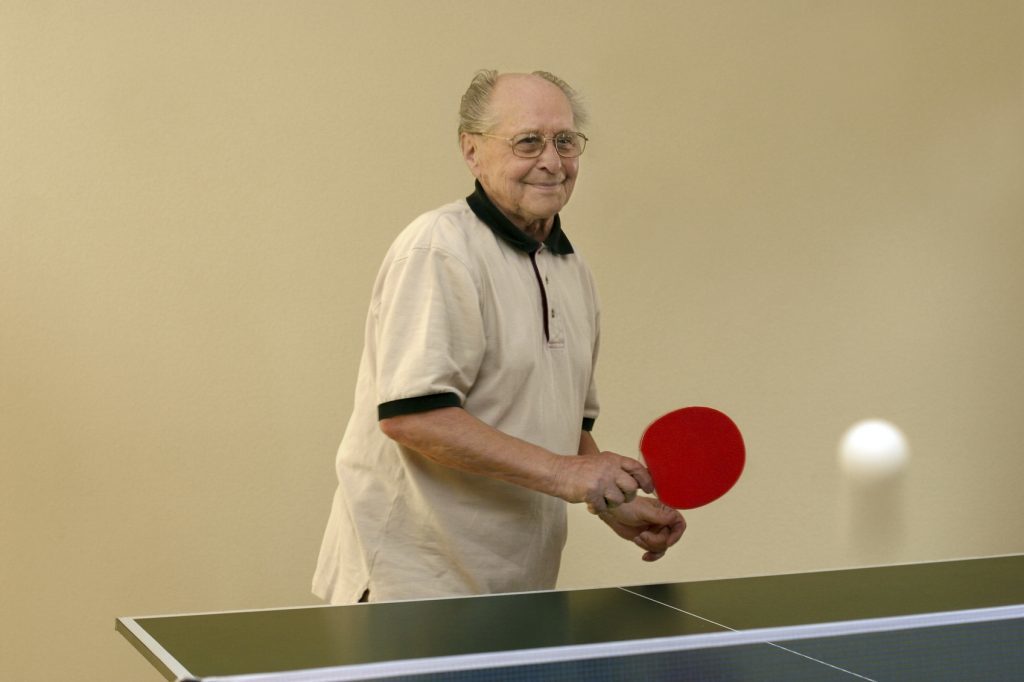We’re all familiar with the phrase “Use it or lose it” and that’s exactly the message Age Scotland hopes to get across with their Let’s Get Moving campaign.
And here in Courier Country people of all ages can rise to the charity’s Coastline challenge – to travel a section of our beautiful coastline in any way you like, be it walking, talking, jogging, dancing or cycling.
The challenge aims to support physical movement while raising awareness and funds for Age Scotland.
If you live inland and can’t get to the coast, simply add up the miles you’ve clocked up on a route of your choice then and the charity will add it to the 6,160 mile target they’re trying to reach.
Even if you don’t want to take part in the challenge, it’s important to stay active in your everyday life.
“Research shows that 30 minutes of moderate activity, or 15 minutes of vigorous activity (or a combination of both) five times a week can reduce the risk of developing and improve the symptoms of a raft of illnesses,” says Jenny Ackland, a healthcare professional based with Age Scotland.”
These include heart disease, high blood pressure, Type 2 diabetes, dementia, certain types of cancer and stroke.
“We are passionate about active and healthy ageing and helping people to be the best they can be,” Jenny explains.
“Brisk walking is definitely the most popular activity and is accessible for most people but anything that makes you feel a bit warmer and breathe a bit faster is good,” she continues.
“It could be bowling, cycling. gardening, exercise classes, housework, jogging, swimming, dancing, tai chi, tennis – the list is endless.”
Muscle mass and power gradually decline as we age so try to make exercise part of your regular routine – try standing on one leg when you brush your teeth, squatting to fill the washing machine or dishwasher, march on the spot when waiting on the bus, walk in a straight line placing heel to toe.
Registration for the Coastline challenge is free but you’ll need to raise a minimum of £20 in sponsorship. Email fundraising@agescotland.org.uk or call 0333 323 2400.
Did you know…?
Between the ages of 20 and 80 you lose 50% of your muscle mass.
Worldwide, physical inactivity is one of the 10 leading risk factors for death.
Falls are a major source of injury for older people with 30% adults each year sustaining a fall.
Regular strength and balance exercises can improve muscle strength and postural stability making a fall less likely.
Sedentary behaviour or sitting down for a long time can have a severe effect on physical and mental health, particularly for older people.
One in two women and one in five men over 50 will experience a broken bone, mainly as a result of osteoporosis.
Keep bones strong with a well-balanced diet including plenty of calcium and vitamin D and take regular weight-bearing exercise.
Cut back on alcohol: no more than 21 units in one week for men; no more than 14 units a week for women.
If you smoke, consider giving up. Call Smokeline 0800 84 84 84.











